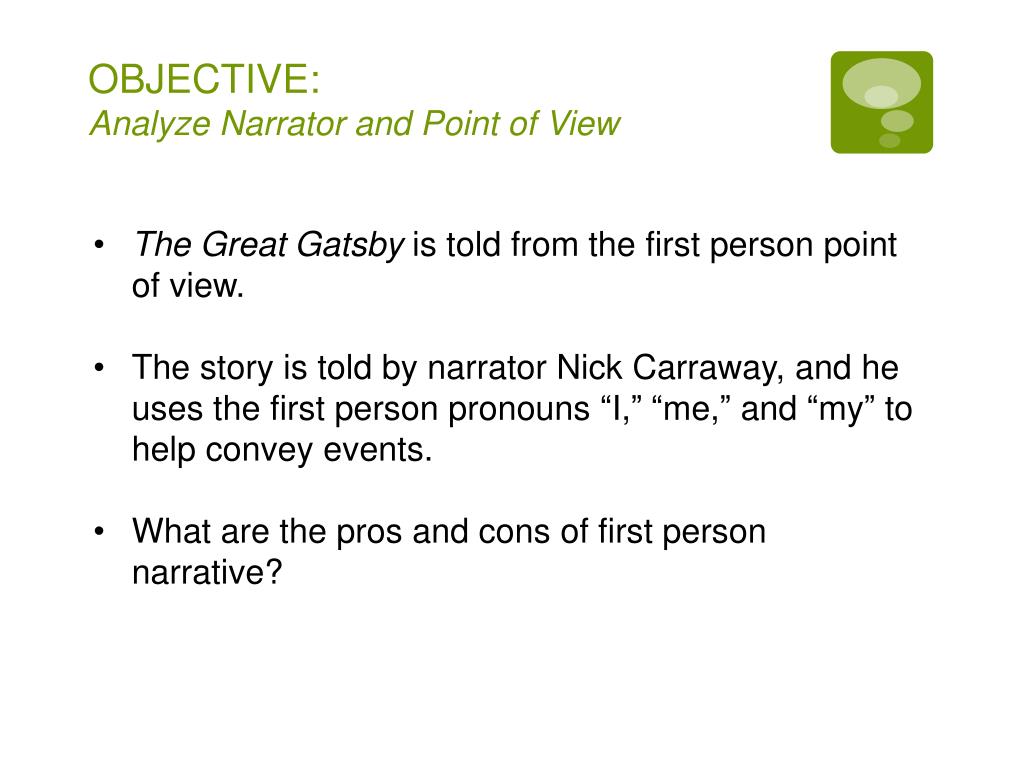

Questions to ask yourself: Does the narrative follow more than one character’s story? Do you learn what more than one character is thinking? Do several characters’ perspectives contribute to your understanding of themes and plot events? How Do You Identify Point of View in Writing?įirst person singular and plural points of view are easy to figure out you simply look for the pronouns “I” or “we.” The tricky part is differentiating between limited and omniscient third person narrative point of view. First person narratives, which filter all information through a character who might be insane or have limited intelligence, are notoriously unreliable. Generally speaking, the more distance the narrator has from the characters, the more reliable the point of view is to present the story truthfully. Some authors, like Jack London and Leo Tolstoy, even enter the minds of animals!

Third person omniscient point of view, on the other hand, features a god-like narrator who is able to enter into the minds and action of all the characters.The reader doesn’t know anything that the character could not know, nor does the reader get to witness any plot events when the main character isn’t there. In third person limited point of view, the narrator is separate from the main character but sticks close to that character’s experience and actions.Occasionally, a literary work can have a first person plural narrative, as in William Faulkner’s “A Rose for Emily,” in which the entire town (“we”) narrates. “Call me Ismael,” the first line of Melville’s novel, Moby Dick, reveals that the story will be in first person point of view.



 0 kommentar(er)
0 kommentar(er)
